What’s in the Box
- Lotus Flower Seeds
- Sowing instructions printed on backside of Seed Packet
- Recyclable Pouch
Introduction
The lotus flower (Nelumbo nucifera) is a sacred and iconic aquatic plant, renowned for its stunning beauty and deep cultural significance across Asia and beyond. A symbol of purity, enlightenment, and rebirth, the lotus emerges from murky waters to bloom in serene elegance. While it is often admired in temple ponds and ornamental water gardens, growing lotus flowers from seeds is a fulfilling process that requires patience and careful attention to detail. Unlike common garden plants, the lotus demands specific water, soil, temperature, and care conditions to thrive. This guide will walk you through the complete process from germination to pest management for lotus flower cultivation.
Guide to the Germination Process, Soil & Fertilizer, Watering & Pest Control Requirements for Lotus Flower Seeds
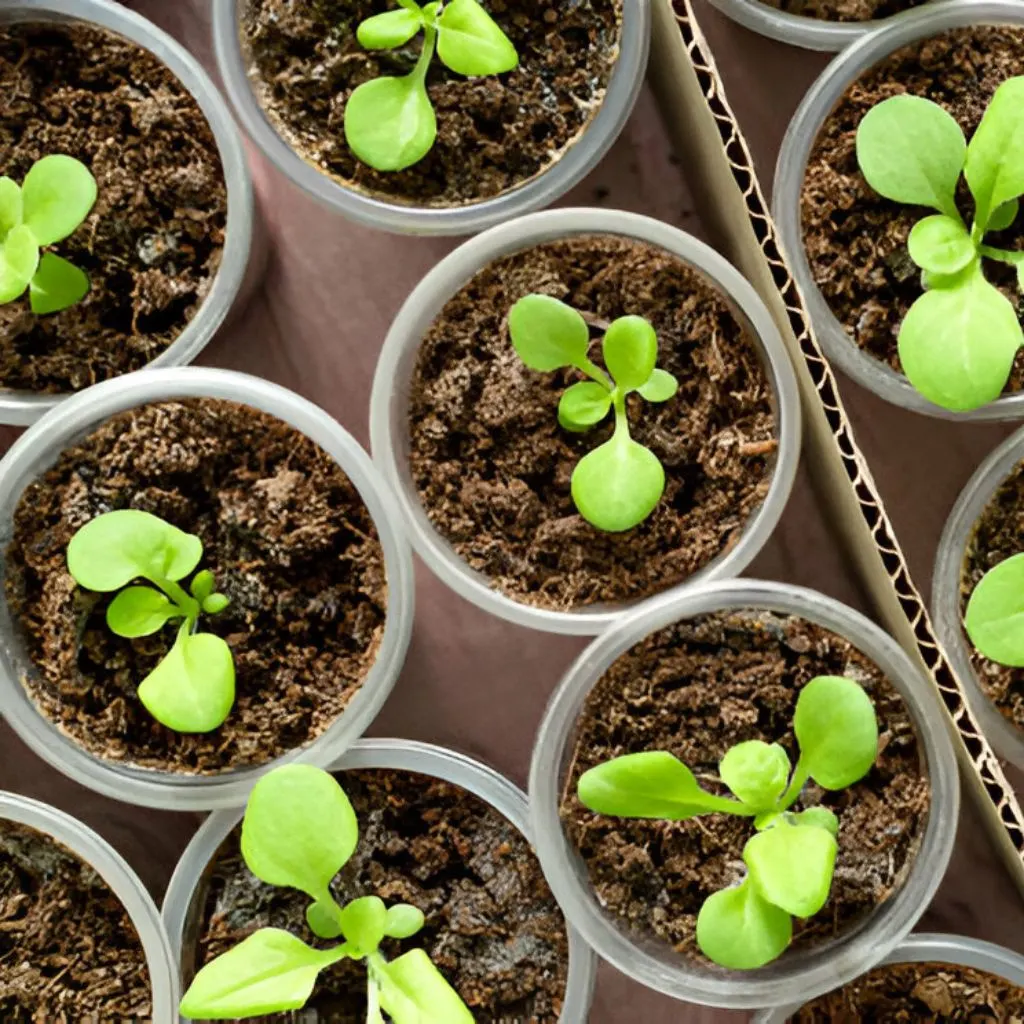
Seeds Germination Process
Seed Preparation: Lotus seeds are notoriously hard and have a thick, waterproof coat. To speed up germination:
- Scarification is required: Use a metal file, sandpaper, or a sharp knife to gently nick or file down the rounded end (opposite the pointy sprout end) of the seed until the pale, cream-colored inner layer is visible.
- Do not crack or break the seed completely; this can damage the embryo.
Planting Medium: Lotus seeds germinate best in warm water without soil initially. Using water alone for the early germination phase helps prevent rot and fungal infections.
- Use clean, dechlorinated water at room temperature.
- Replace the water daily to avoid bacterial growth.
- Once the seeds sprout, transfer them to a soil medium.
Planting: Once roots and leaves emerge (usually within 7–10 days), the seedlings should be transplanted into a suitable medium:
- Use clay loam or garden soil mixed with aquatic plant compost.
- Do not use potting mix with perlite or vermiculite, as they float and create debris in water.
Containers: Choose containers based on the plant’s growth habit:
- Use wide, shallow containers at least 6–8 inches deep and 12–18 inches in diameter.
- Ensure containers have no drainage holes, as lotus plants are aquatic and need to hold standing water.
Watering: Lotus seedlings must be completely submerged once transferred to soil:
- Add 2–4 inches of warm water above the soil line.
- As the plant matures, increase the water level gradually to 12–18 inches, depending on the variety.
Temperature: Maintain a water temperature of 75–85°F (24–29°C) for optimal germination and early growth. Cooler temperatures slow development and increase the risk of rot.
Light: Lotus plants are full sun lovers:
- Provide at least 6–8 hours of direct sunlight daily.
- Indoors, use grow lights rated at full-spectrum if natural light is insufficient.
Germination Time: With proper preparation, scarified seeds will begin swelling within 24–48 hours and produce visible sprouts in 5–7 days. Leaves typically appear by the second week.
Soil & Fertilizer Requirement
Soil Type
- Use heavy clay soil or aquatic planting media.
- Avoid sandy or silty soils as they leach nutrients and destabilize roots.
Soil Preparation
- Mix clay garden soil with composted cow manure or aged organic compost.
- Fill containers with 3–4 inches of soil and compact lightly to prevent floating.
Fertilization: Fertilize only after 4–6 weeks when 4–6 leaves have formed:
Avoid over-fertilizing, which can burn roots or cause algae bloom.
Use slow-release aquatic plant fertilizer tablets, such as 10-14-8 or 12-10-10 NPK.
Insert fertilizer 1 inch deep into the soil away from the base of the plant.
Apply once every 3–4 weeks during active growing season (spring to early fall).


Watering Requirement
Regular Watering: Lotus plants are aquatic and must remain submerged:
- Maintain consistent water levels (2–12 inches above soil) depending on maturity.
- Refill evaporated water regularly, especially during hot days.
Drought Tolerance: Lotus is not drought-tolerant:
- Without adequate water, plants become stunted or die.
- Never allow the soil to dry out or expose roots.
Deep Watering: For established plants:
- Gradually increase water depth to up to 18 inches, especially for large varieties.
- Deeper water reduces weed competition and stabilizes temperature.
Avoid Overwatering: While water is essential, avoid flooding young seedlings with deep water too soon.
- For young plants, 2–4 inches of water is sufficient.
- Deep water before root development can lead to stem collapse or rot.
Climate Dependent: Water needs fluctuate with climate:
In cooler regions, reduce water levels slightly to avoid cold stress.
In hot, arid regions, increase water monitoring and provide light shade in peak summer.
Pest Control Requirement
List of Pests: Lotus plants are vulnerable to several pests, especially in warm and humid environments:
- Aphids – Small, sap-sucking insects on leaves and flower buds.
- Leaf Miners – Larvae that burrow into leaves causing brown trails.
- Spider Mites – Tiny red/brown mites causing leaf stippling and webbing.
- Snails & Slugs – Eat tender leaves and stems.
- Caterpillars – Chew holes in leaves.
- Fungal Infections – Especially root rot or mold in standing water.
Solutions
Organic & Preventive Measures:
- Manual Removal: For aphids and caterpillars, spray with water or pick off by hand.
- Neem Oil: Use diluted neem oil spray (0.5–1%) to control aphids, mites, and fungal issues.
- Diatomaceous Earth: Sprinkle around container rims to deter snails and slugs.
- Floating Barriers: Add mesh nets or floating discs to deter pests.
- Clean Water: Replace water regularly in seedling containers to prevent mold.
- Introduce Beneficial Insects: Ladybugs and lacewings control aphids naturally.
Chemical Solutions (last resort): Avoid general pesticides that may harm aquatic life or contaminate the environment.
Use aquatic-safe insecticides labeled for pond or water garden use.


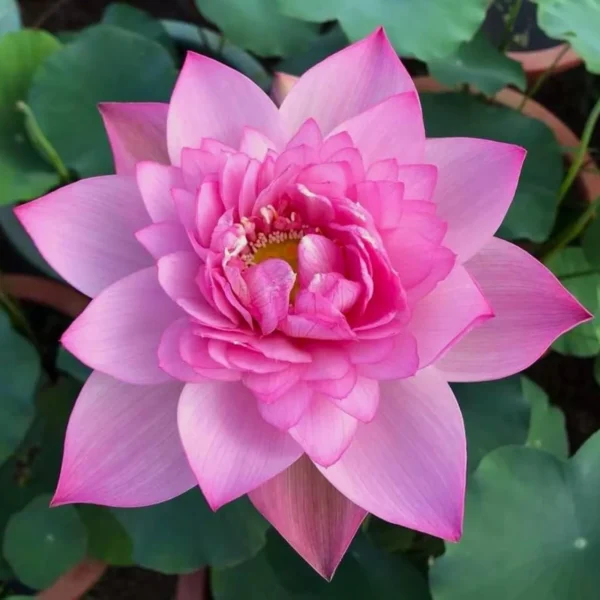
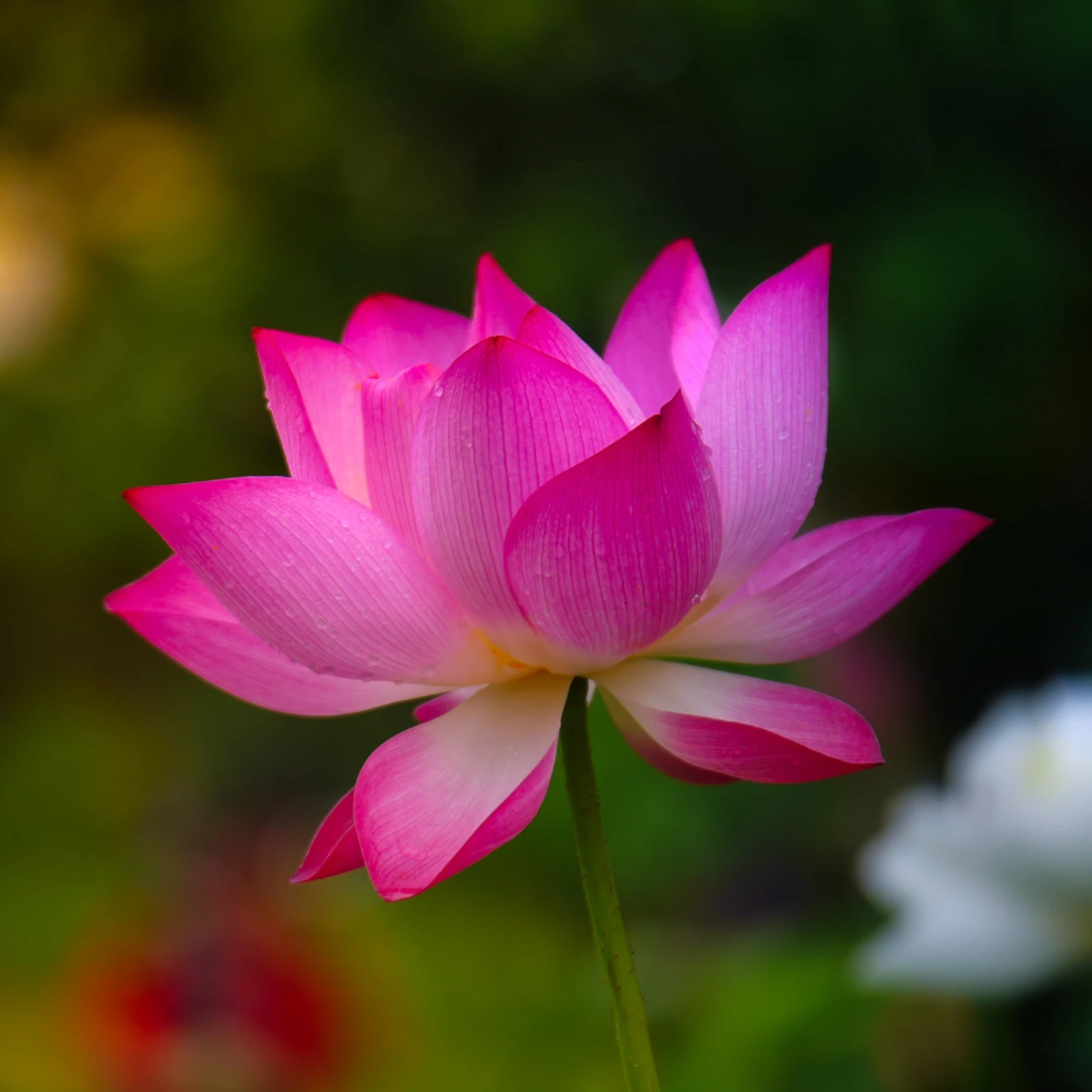
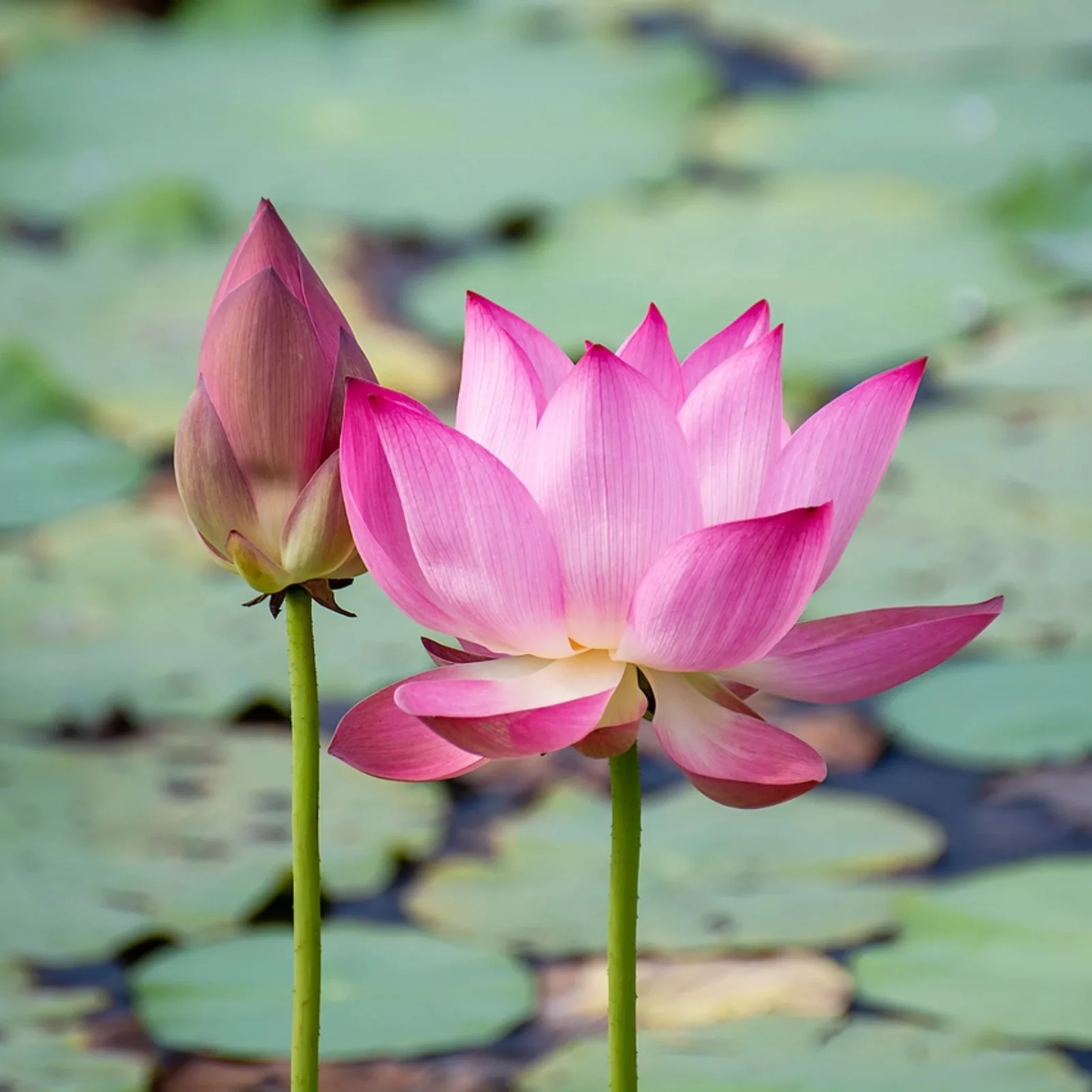
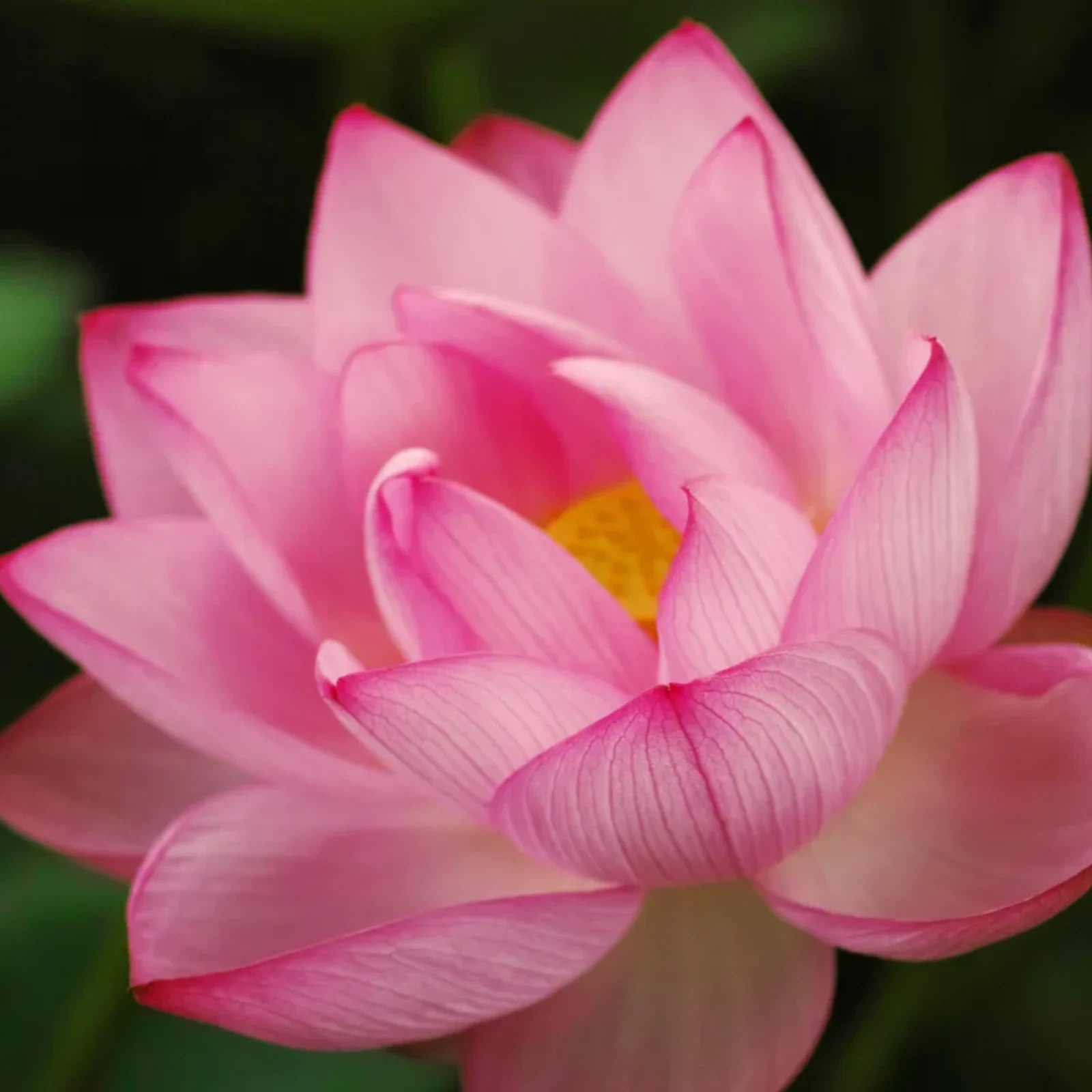
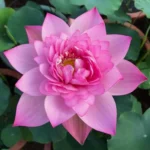
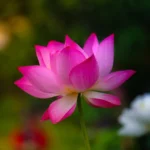
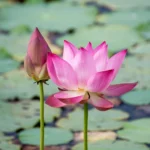
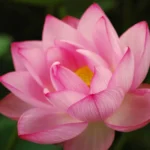
Reviews
There are no reviews yet